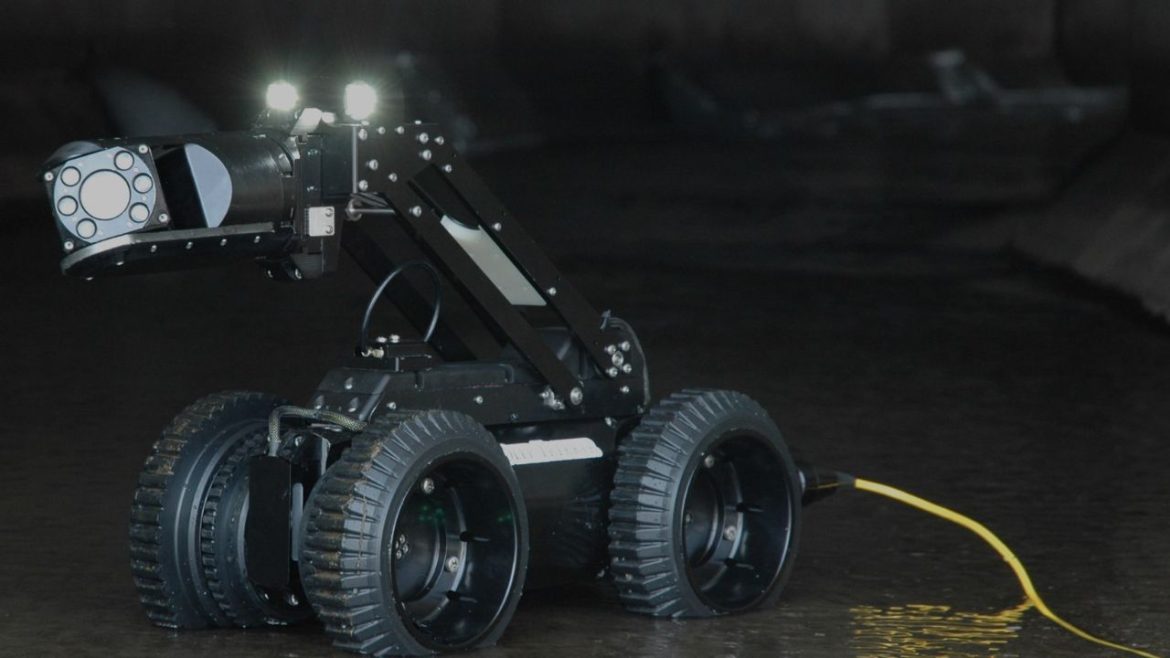Pipeline maintenance is one of the crucial aspects of infrastructure management. It will determine the life and performance of various piping systems. Most conventional techniques for pipeline inspection require physical entry into the pipelines. This is very risky and challenging. However, click here to see if the development of pipe inspection crawler cameras has changed this field in a better way. It is more reliable, efficient, and safer. This article aims to discuss how pipe inspection crawler cameras improve pipeline maintenance and the importance of the cameras in managing infrastructure.
The Limitations of Traditional Pipeline Inspection Methods
The conventional pipeline inspection techniques involve the deployment of personnel into the pipeline, which is not easy. These methods are time-consuming and require a lot of workforce and are very dangerous especially when working in risky areas. This means that the pipelines that are deep underground or those that are difficult to access are also hard to inspect for the need for manual entry. Further, traditional approaches to problem-solving are less accurate and may take considerable time before problems are detected and solved. These limitations show that there is a requirement for more sophisticated methods that can give detailed and real-time information on the state of pipelines.
Applications and Use Cases
Pipe inspection crawler cameras are employed in a variety of settings, each benefiting from their advanced capabilities:
- Sewer Systems: In municipal sewer systems, pipe inspection crawlers are employed for the identification of blockage, leakages, and structural defects. This makes them very useful, especially in ensuring the proper working of waste management systems through the difficult and tight sewer networks.
- Industrial Pipelines: In oil and gas, chemical manufacturing, and water treatment industries, pipe inspection crawlers are crucial for pipeline inspection. This kind of robot can go and inspect pipelines. These pipelines may contain dangerous substances.
- Building Infrastructure: In building maintenance, pipe inspection crawlers are used in the inspection of pipes, ventilation ducts, and chimneys. They are precise and flexible enough to enable one to detect problems at their early stages and prevent them from becoming big catastrophes.
- Environmental Monitoring: Other uses of pipe inspection crawlers are in environmental applications where the state of pipelines passing through forests, wetlands, and other natural environments is needed. Due to their versatility in hard conditions, they can be useful in environmental conservation programs.
The Benefits of Pipe Inspection Crawler Cameras
Pipe inspection crawler cameras are one of the greatest strides in pipeline maintenance technology. These are self-propelled robotic devices that move through pipelines with high accuracy and are equipped with sensors and cameras. The key advantages of pipe inspection crawlers include:
- Enhanced Safety: Pipe inspection crawlers also have the advantage of decreasing the safety hazards related to more traditional forms of pipe inspection since there is no need for manual entry of data. This means that operators can control the crawler from a distance and this will help in avoiding exposing people to some hazardous situations.
- Improved Accuracy: These crawlers are fitted with high-resolution cameras. It gives clear images of the internal pipeline situation. This makes it easy to detect problems, which may not be easily seen with other techniques.
- Real-Time Data Transmission: Pipe inspection crawlers relay data to the operators who can in turn analyze the data and make decisions on the spot. This capability enables the maintenance personnel to easily spot problems that require attention to avoid the development of major problems that may lead to costly damages and system failures.
- Versatility: The current generation of pipe inspection crawlers is developed in such a way that they can fit in different types and diameters of pipelines. This versatility makes them ideal for use in various systems such as sewer systems, and industrial pipelines among others making them more useful in different fields.
- Cost Efficiency: In this way, pipe inspection crawlers can decrease general maintenance costs since the inspection process is less dependent on manual work. It also saves time and money by identifying potential problems before they become major ones and thus reduces the number of times equipment has to be repaired or replaced.
The Future of Pipe Inspection Technology
Looking to the future, it could be expected that pipe inspection crawler cameras will also be developing their capacities. Technologies like AI and machine learning are anticipated to enhance the inspection data analysis thus enhancing the ability to detect faults and anticipative maintenance. Also, the enhancement of the data analytics will facilitate the better evaluation of pipeline conditions and contribute to the effective management of pipeline maintenance, consequently, increasing the durability of infrastructure.
Conclusion
Crawler cameras for pipe inspection have come as a solution to pipeline maintenance issues because they are safer more accurate and cheaper to use. They are useful in managing infrastructure because they are capable of handling different types of pipelines, transmitting real-time data, and enhancing the overall accuracy of inspection. These devices are expected to play a more important role in ensuring the reliability and efficiency of pipeline systems as the technology advances.

